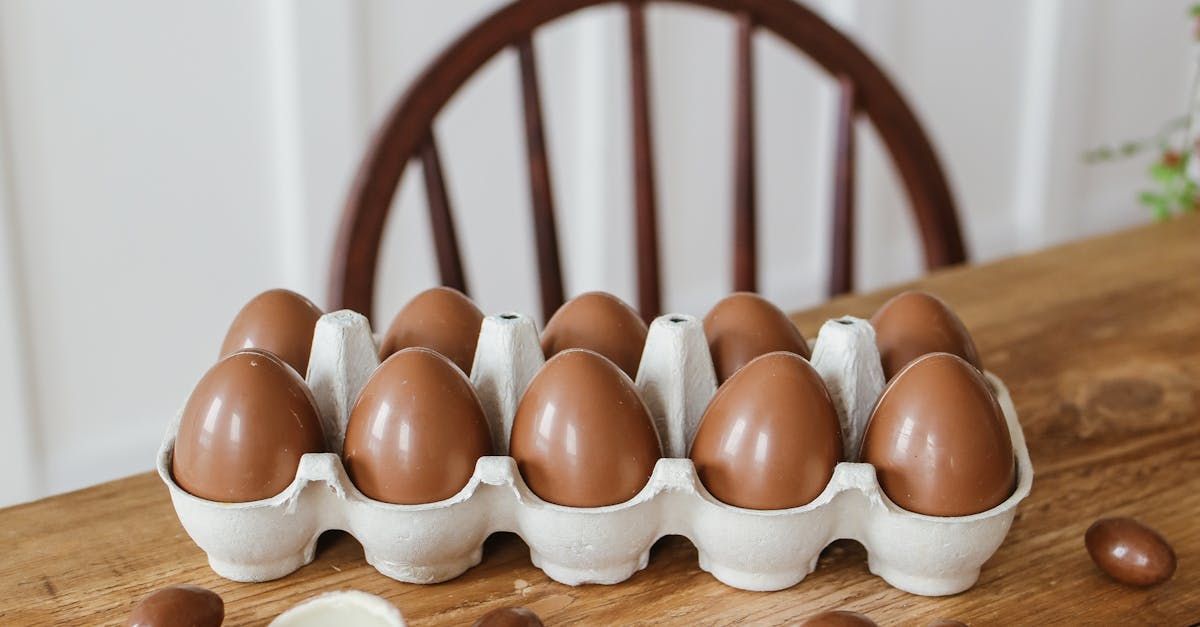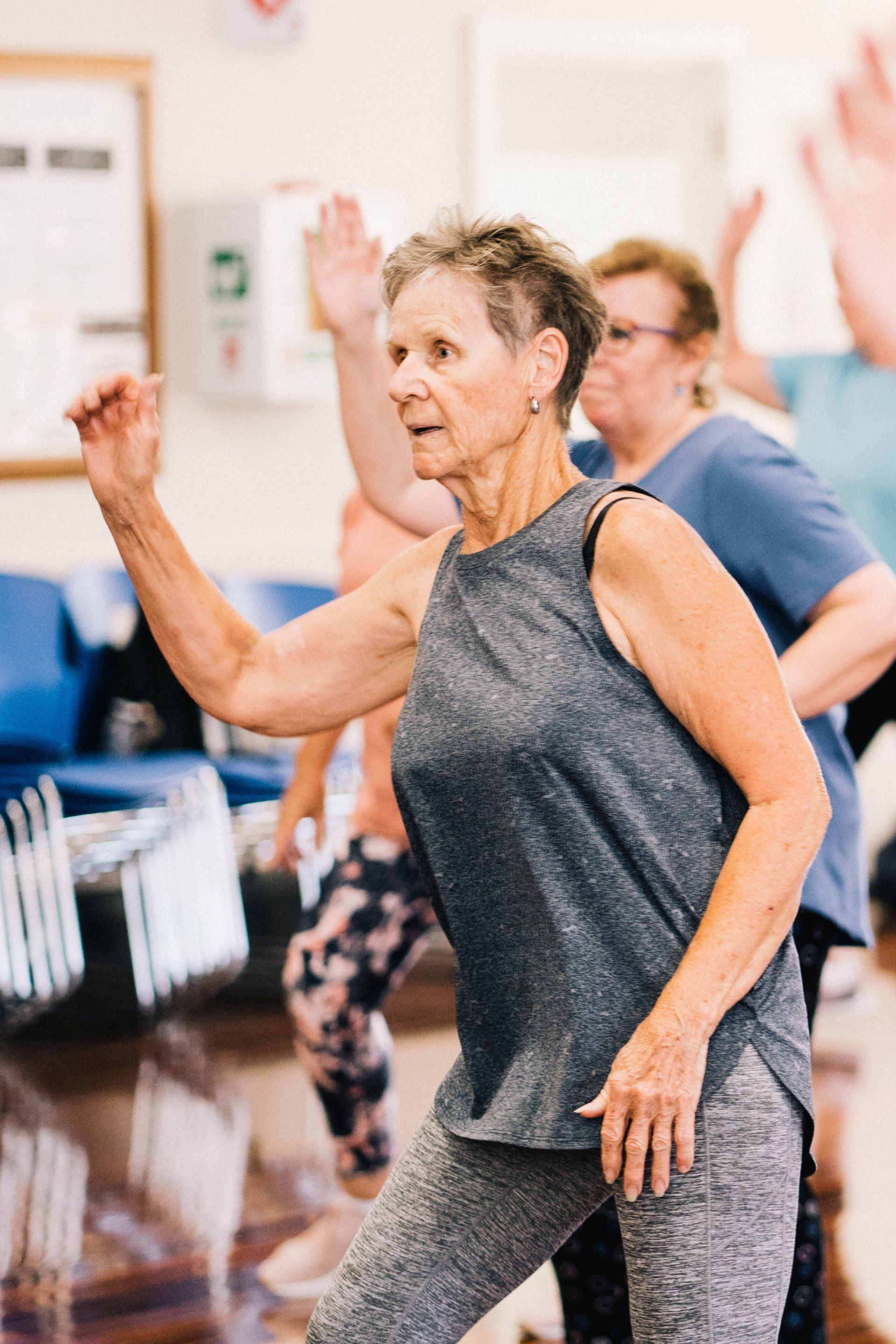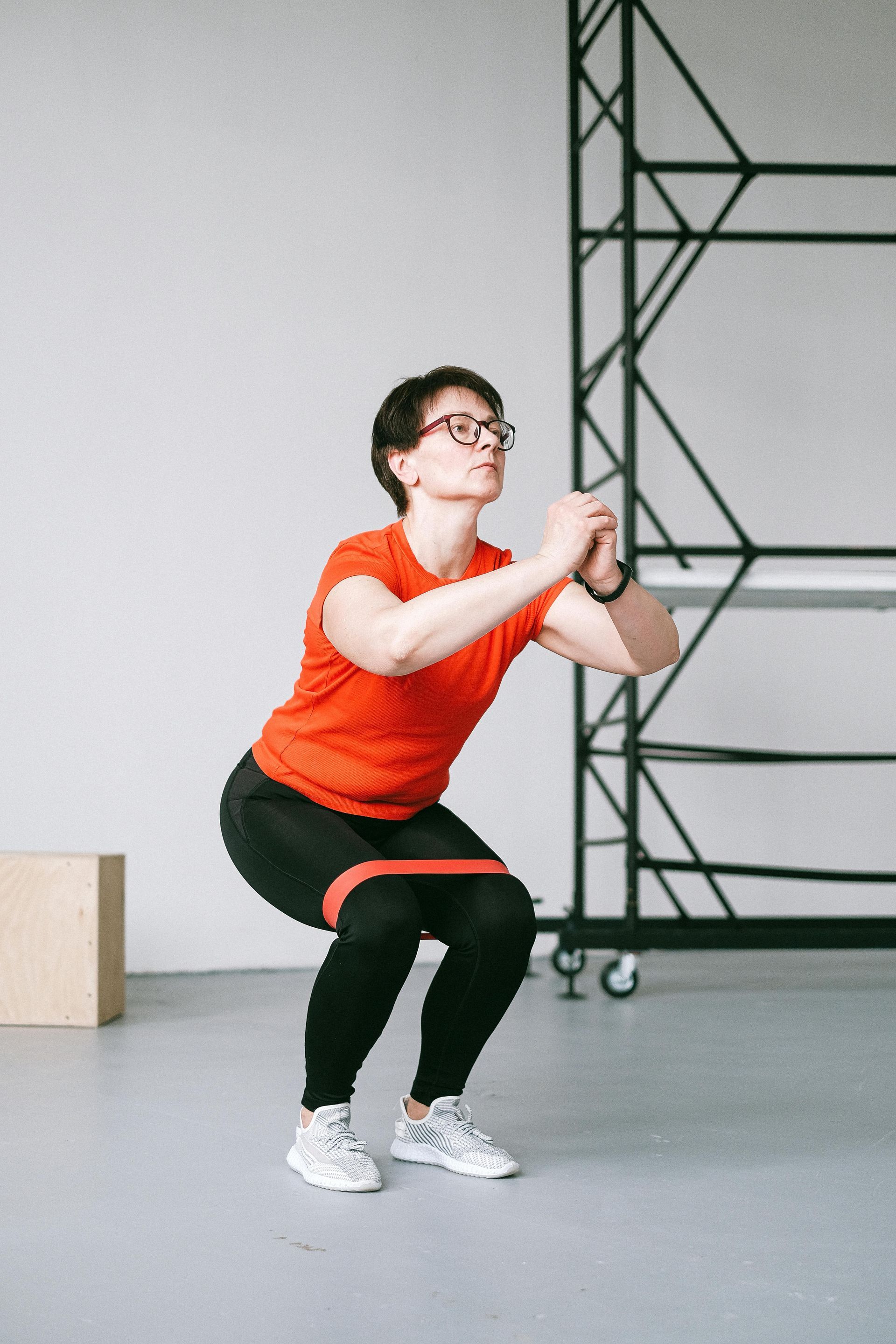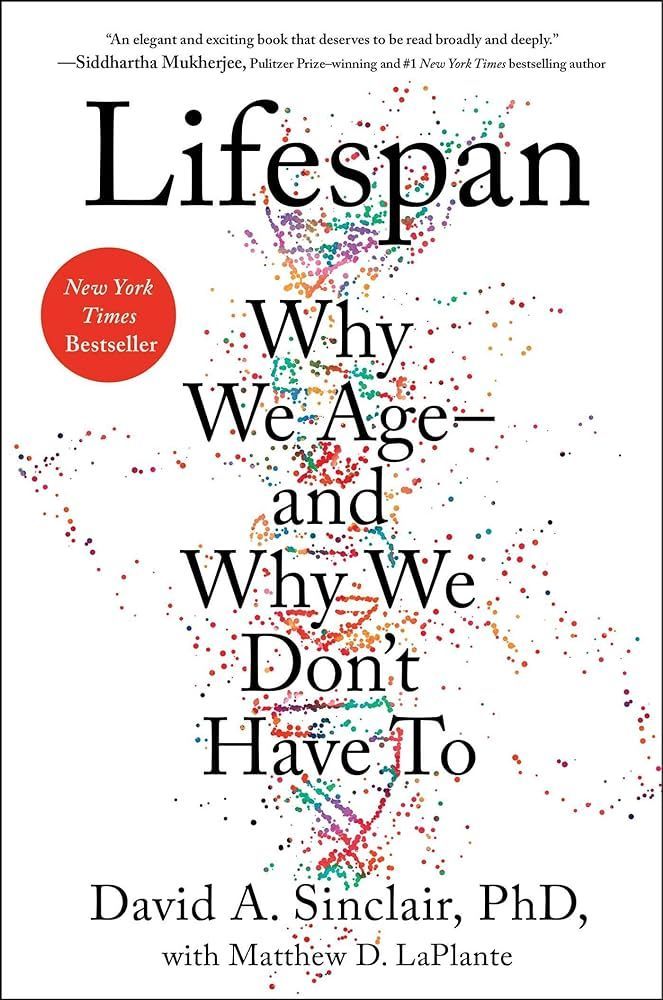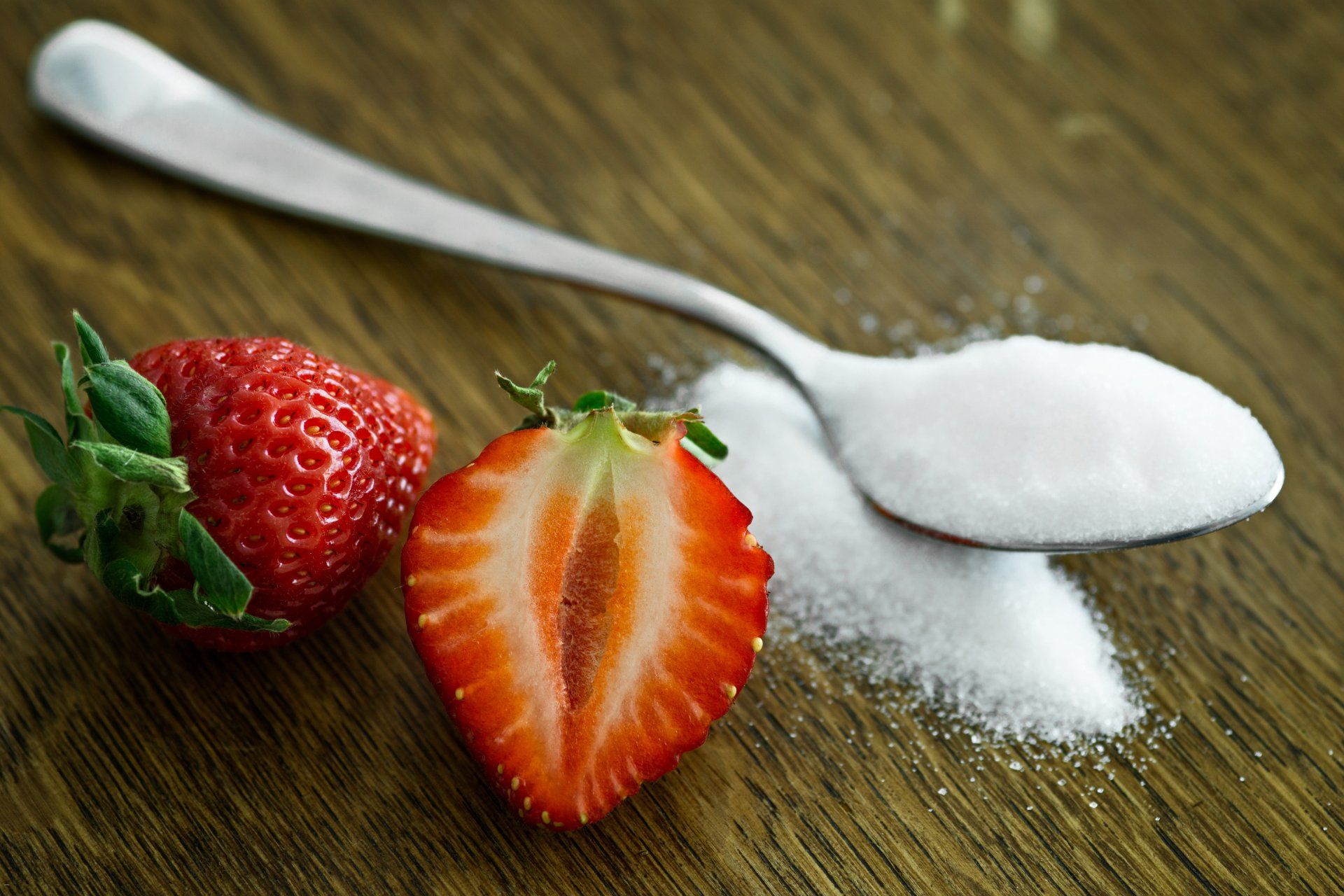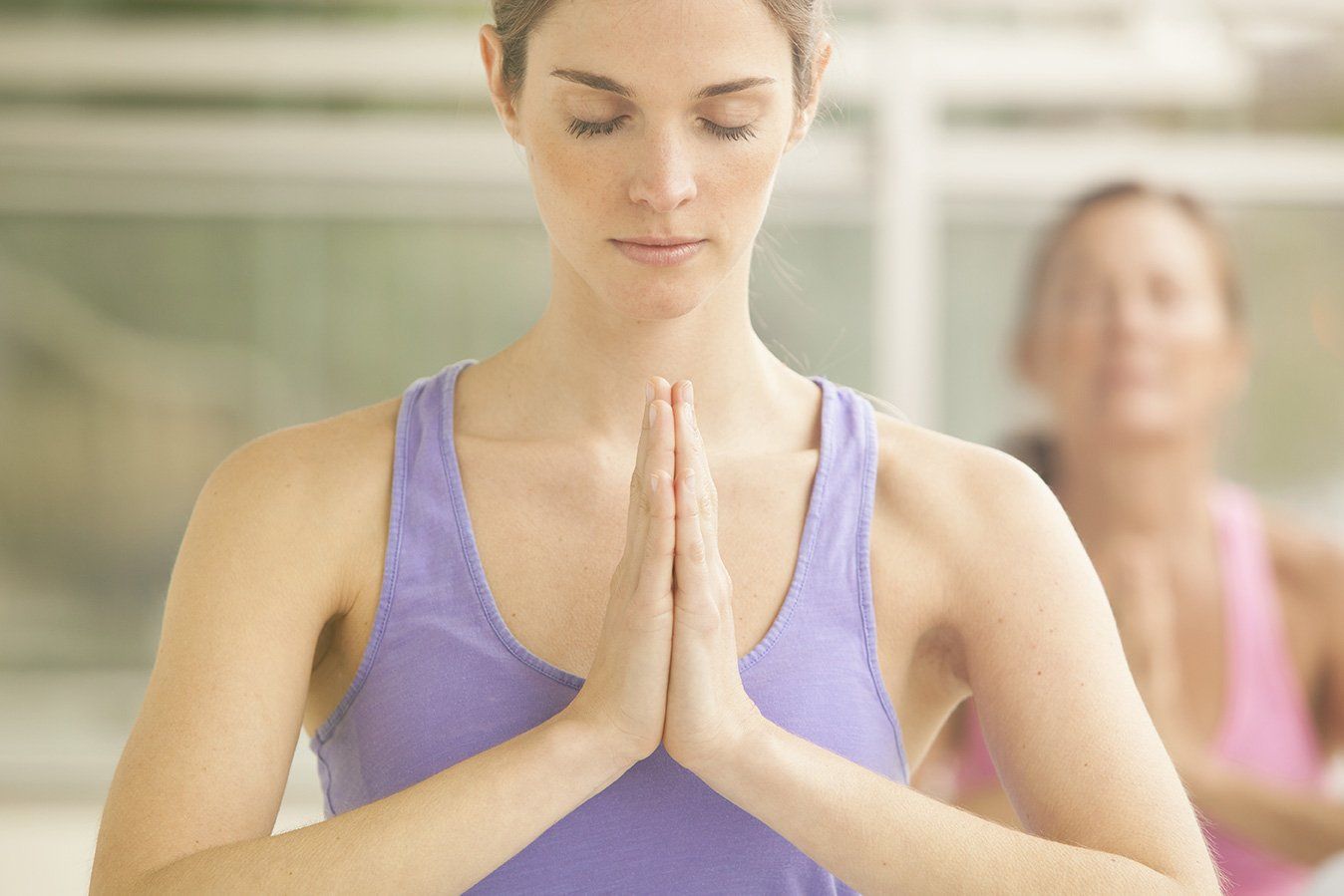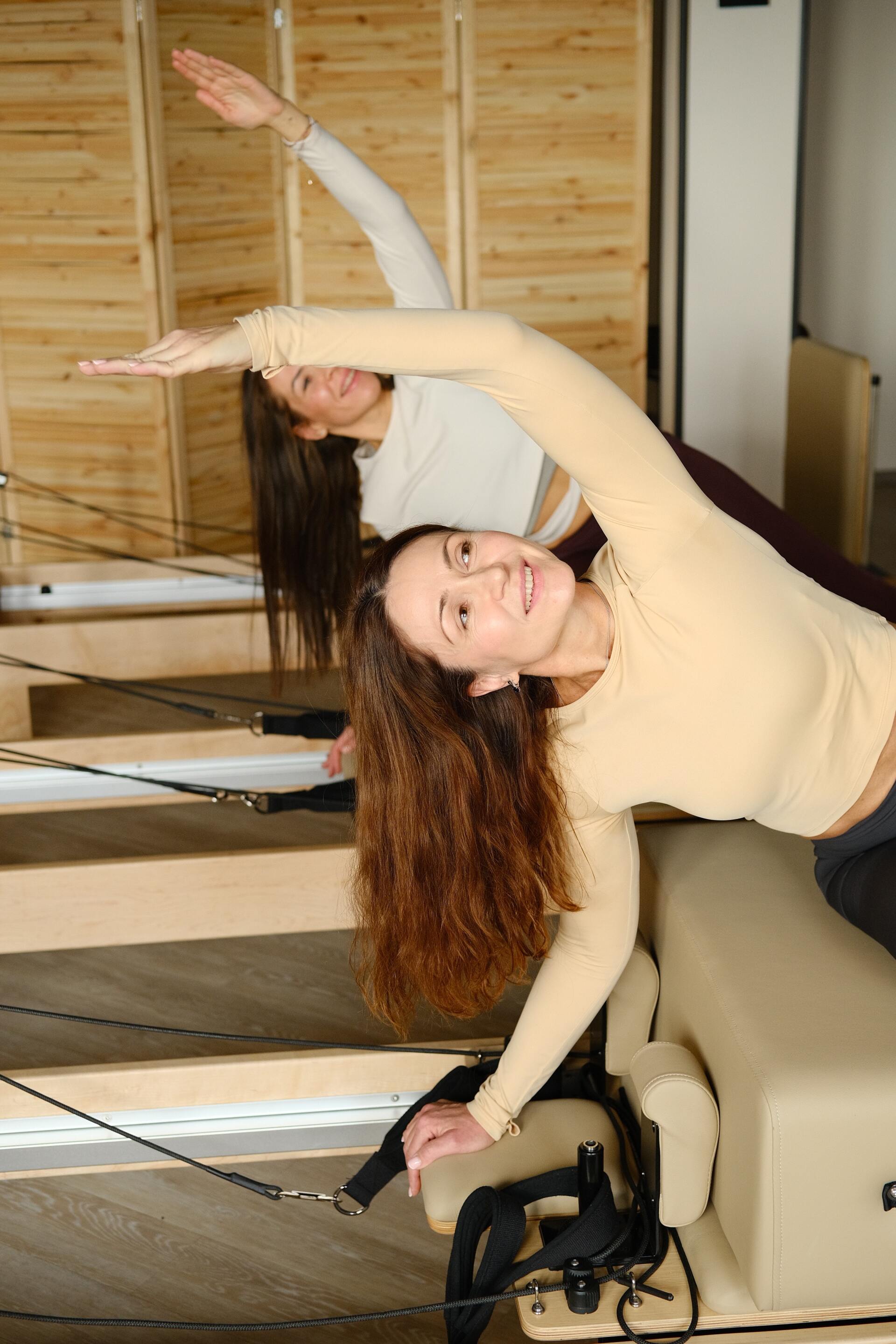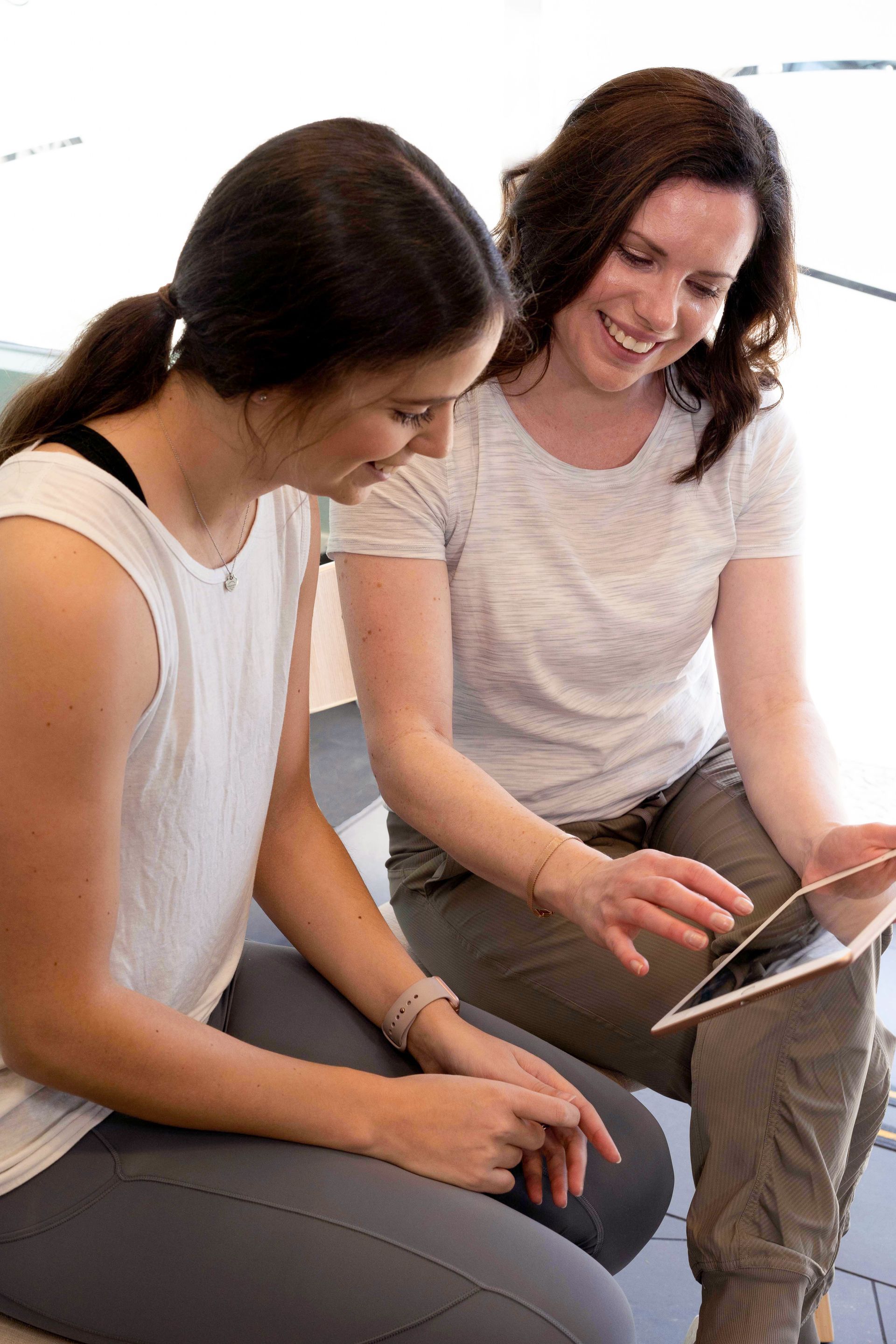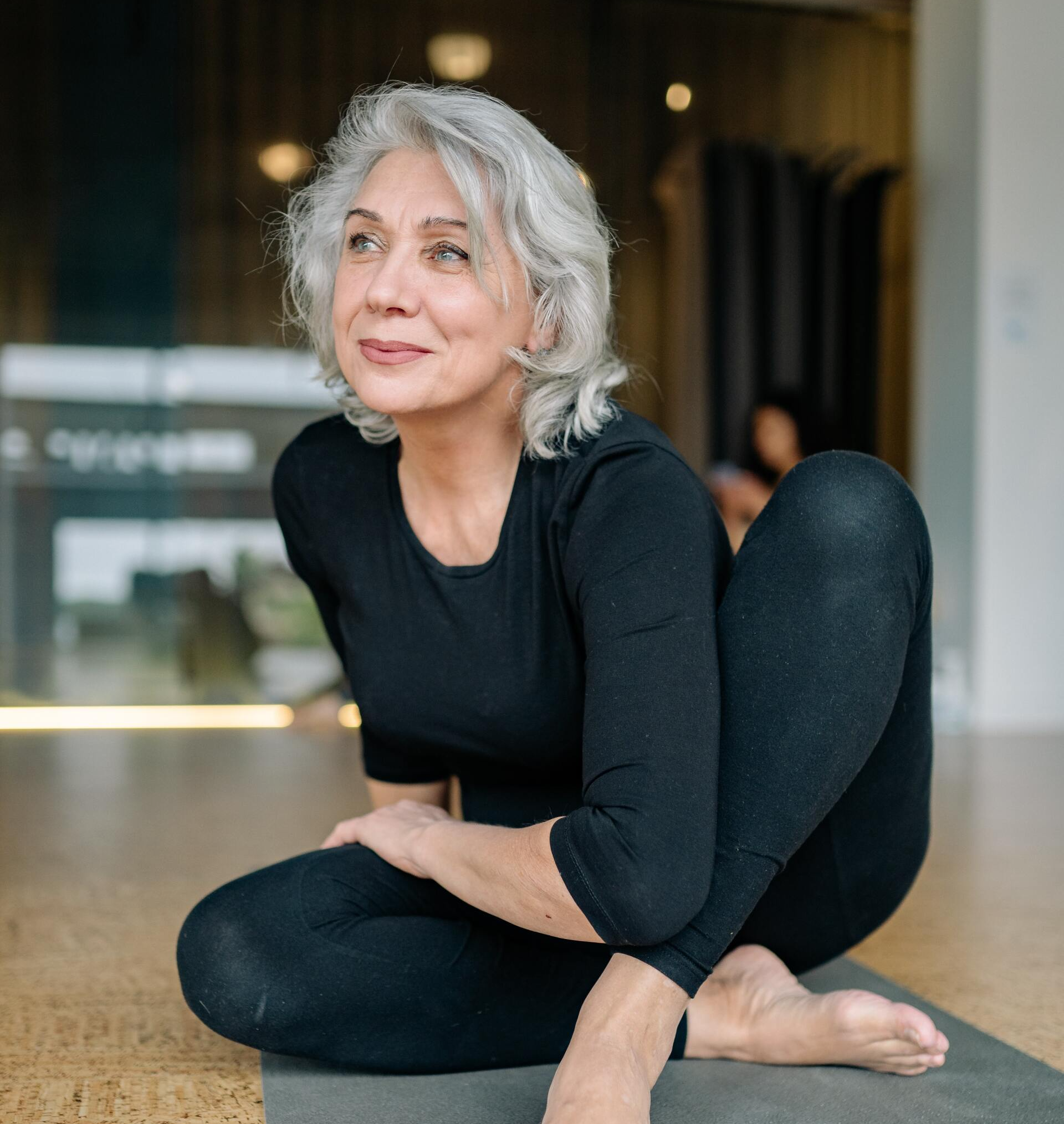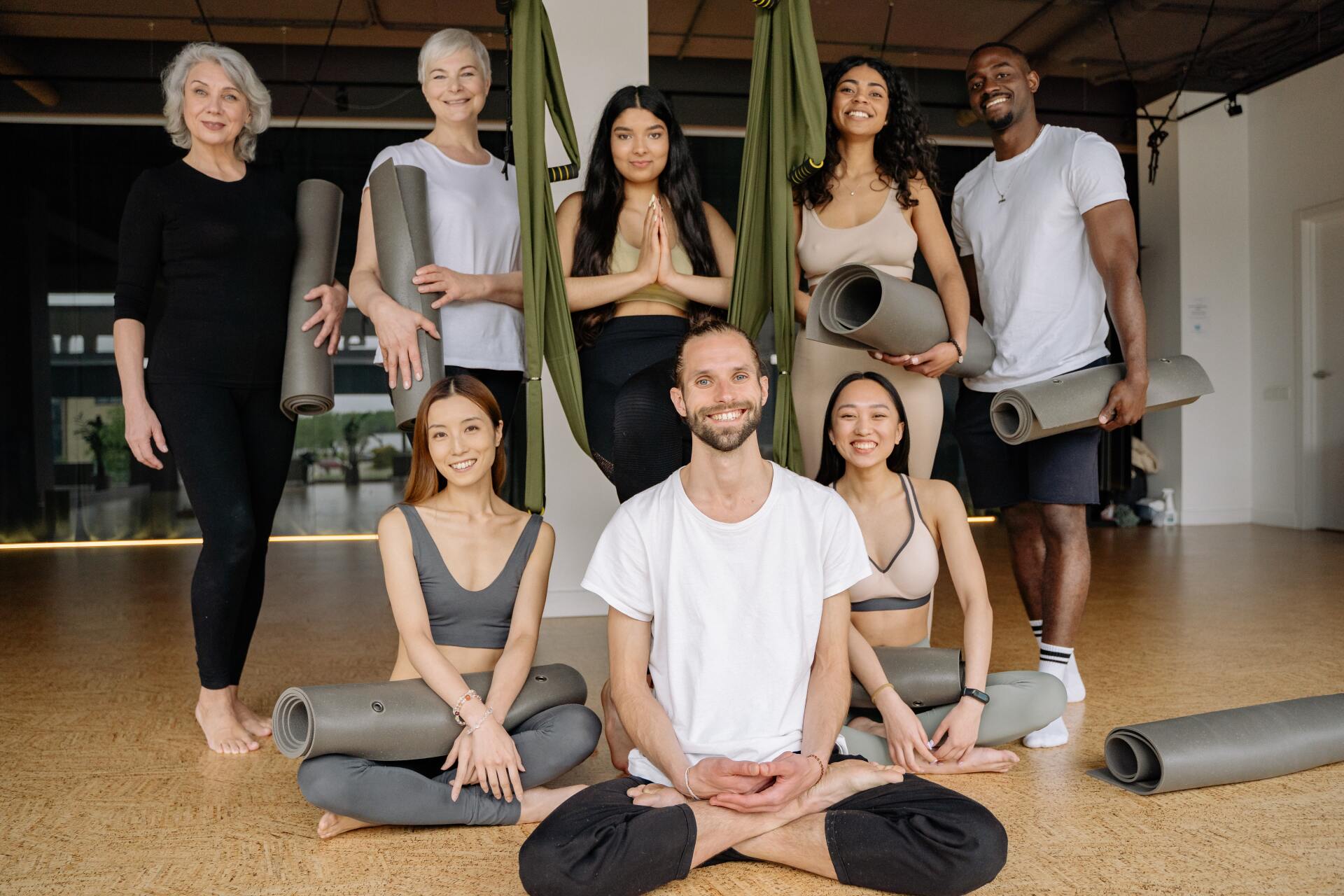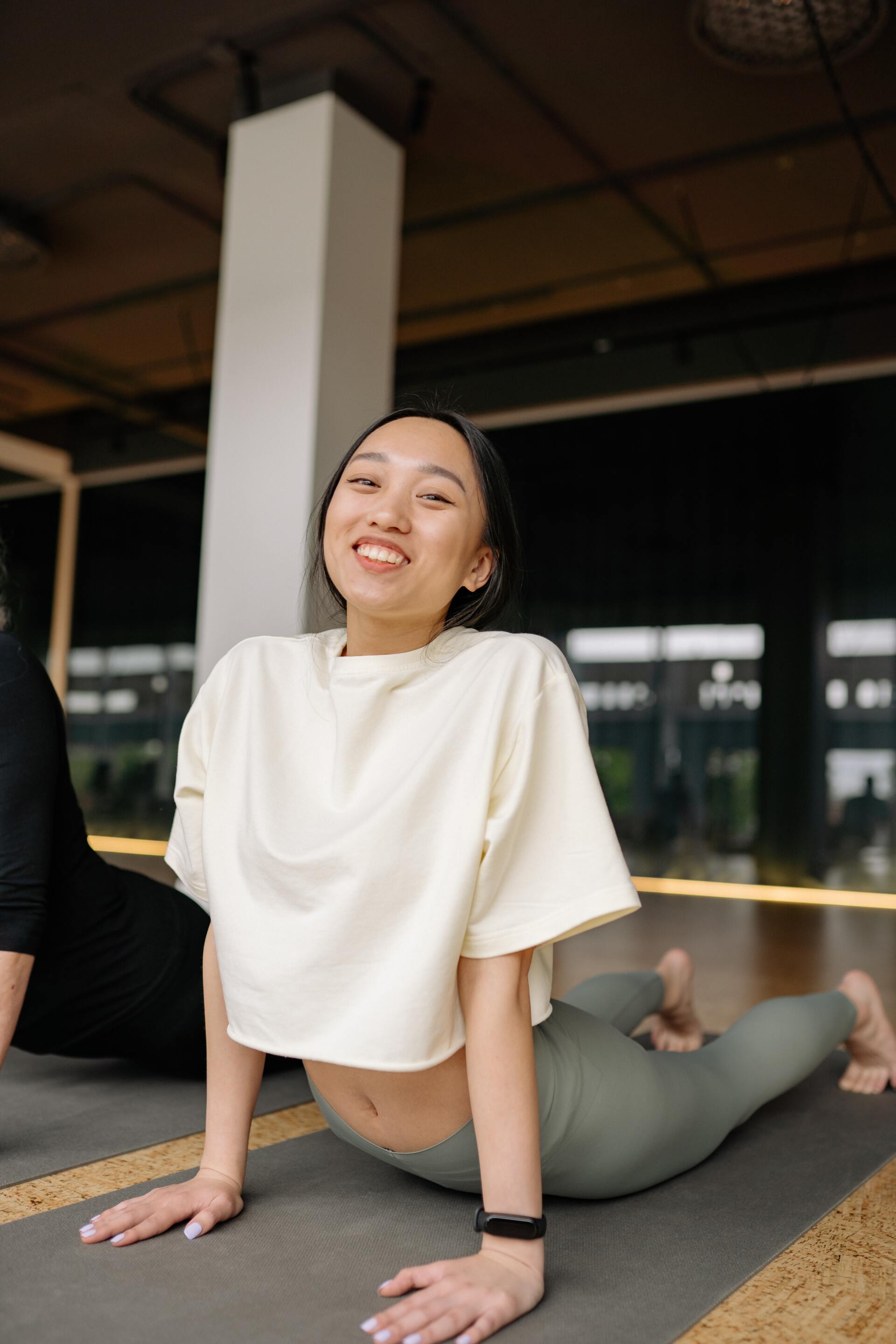By Jojo Cole
•
January 11, 2024
WHY IS IT IMPORTANT TO HAVE HEALTHY BONES? Bones do a lot more than just keep everything in place, they are responsible for providing support and structure for your body, protecting vital organs such as the brain and heart, as well as storing essential minerals including calcium and phosphorus. On top of all that and perhaps most importantly, bones enable us to do what the human body is made to do – MOVE. Therefore, strong bones play a key role in allowing us to complete everyday functional tasks and physically engage in the things we love doing. WHAT’S MEANT BY ‘BONE HEALTH’? The health of our bones is usually measured by how dense our bones are, referred to as ‘Bone Mineral Density’ (BMD). The process of bone remodelling changes throughout our lifespan. During earlier years of life bones primarily undergo formation typically reaching peak BMD in our third decade of life.i As we age bone remodelling shifts in favour of resorption over formation which means you will lose slightly more bone mass than you gain. Bone health is then measured by comparing your BMD against the BMD norm of a healthy young adult, known as a ‘T-Score’. Maintaining bone health focuses on deviating as little as possible from this norm. HOW DOES EXERCISE PROMOTE GOOD BONE HEALTH? Exercise works on bones in a similar way to how it works on our muscles, it acts as a stimulus that encourages them to respond and adapt. To do this we need to place our bones under mechanical strain or ‘load’, in other words, subject them to a degree of impact, our own body weight or greater resistance.ii Exercise generates both external (ground-reaction and inertial) and internal (skeletal muscle) forces on our skeleton.i For instance, as we exercise our muscles push and pull our bones which stimulates the bone tissue to increase its calcium intake and get stronger. Inactivity leads to decreased bone mass. Regular exercise can help you maintain bone mass, reduce age-related bone loss and decrease your risk of developing osteoporosis. Additionally, exercise improves our muscle strength, balance, coordination and stability which are all significant at helping to reduce falls and subsequent bone fractures.iii AT WHAT AGE IS EXERCISE BEST FOR OUR BONES? The right exercises performed regularly are fundamental for supporting our bone health at all stages of our life. Exercise is important for building bone density, volume and strength when we are children and young adults and crucial for maintaining the integrity of our bones as we get older. During our earlier years exercise helps to maximise peak bone mass which in turn can reduce our risk of poor bone health later in life. While in later years exercise is crucial to slow the decline of bone loss as bone naturally becomes weaker with age. Therefore, it is vital that people of all ages engage in routine exercise for their bone health – it’s never too early or too late to take care of your bones. WHAT ARE THE BEST EXERCISES FOR OUR BONES? Whilst all movement and activity is good for our bodies and provide a wealth of benefits, our bones respond best to exercises which place them under a degree of load. With this in mind, a combination of weight-bearing impact loading exercises and muscle strengthening resistance exercises are ideal for our bones. Weight-bearing impact loading exercises include activities that place weight through the bones and typically involve moving against gravity. These include activities which are low-impact and high- impact. For most people high impact exercises are best for promoting bone health and may include running, jumping, stair climbing, dancing, and more. It’s recommended that you consult with an Exercise Physiologist before participating in these exercises to ensure they are safe for you and your individual circumstances. Muscle strengthening resistance training involves activities where you move a weight or resistance using different movement velocities and training modalities such as free weights, weight machines, medicine balls or elastic resistance bands. When performing these exercises it is beneficial to focus on the bigger muscles groups of the body including the arms, legs and trunk. High velocity, high intensity resistance training where the bone is progressively overloaded and challenged is considered most beneficial for bones in those who can tolerate it. iv v In addition, balance and mobility exercises are very important for decreasing the likelihood of experiencing falls and subsequently reducing risk of bone fractures. These exercises should be challenging and focus on strengthening the legs and trunk muscles primarily responsible for balance.vi vii HOW MUCH EXERCISE IS RECOMMENDED FOR BONE HEALTH? It’s recommended that weight-bearing exercise be performed 4 to 5 days per week for a minimum of 30 minutes. This duration can be performed in one go or over several time blocks, for instance, 3x 10 minute bouts across the day. Muscle strengthening resistance exercises can be performed 2 to 3 times per week with a focus on 8-10 exercises per session. It’s important to space these out across the week with at least 1 day rest between sessions, i.e. schedule sessions on non-consecutive days. This is to ensure our bones and muscles have adequate time to recover and adapt. Balance training can be done in conjunction with resistance sessions as part of a multi-modal exercise program. It is recommended that you first consult with an Exercise Physiologist to determine the best balance exercises for you. Want to learn more? Join us at our upcoming wellness retreat that includes expert advice from people in the industry. Click here to learn more. Or - book a consultation with one of our team Click Here ONLINE RESOURCES https://www.bonehealth.org.au/bone-health-for-all https://healthybonesaustralia.org.au/your-bone-health/exercise-bone-health/ https://www.healthdirect.gov.au/healthy-bones https://www.jeanhailes.org.au/health-a-z/bone-health Wellness In Motion Lindfield 1 i Troy, K. L., Mancuso, M. E., Butler, T. A., & Johnson, J. E. (2018). Exercise Early and Often: Effects of Physical Activity and Exercise on Women's Bone Health. International journal of environmental research and public health, 15(5), 878. https://doi.org/10.3390/ijerph15050878 ii Hong, A. R., & Kim, S. W. (2018). Effects of Resistance Exercise on Bone Health. Endocrinology and metabolism (Seoul, Korea), 33(4), 435–444. https://doi.org/10.3803/EnM.2018.33.4.435 iii de Kam, D., Smulders, E., Weerdesteyn, V. et al. Exercise interventions to reduce fall-related fractures and their risk factors in individuals with low bone density: a systematic review of randomized controlled trials. Osteoporos Int 20, 2111–2125 (2009). https://doi.org/10.1007/s00198-009-0938-6 iv American College of Sports Medicine,, Riebe, D., Ehrman, J. K., Liguori, G., & Magal, M. (2018). ACSM's guidelines for exercise testing and prescription (Tenth edition.). Philadelphia: Wolters Kluwer. v Gianoudis, J., Bailey, C.A., Ebeling, P.R., Nowson, C.A., Sanders, K.M., Hill, K. and Daly, R.M. (2014), Effects of a Targeted Multimodal Exercise Program Incorporating High-Speed Power Training on Falls and Fracture Risk Factors in Older Adults: A Community-Based Randomized Controlled Trial. J Bone Miner Res, 29: 182-191. vi Patla, A. E., Frank, J. S., & Winter, D. A. (1992). Balance control in the elderly: implications for clinical assessment and rehabilitation. Canadian journal of public health = Revue canadienne de sante publique, 83 Suppl 2, S29–S33. vii Gillespie, L. D., Gillespie, W. J., Robertson, M. C., Lamb, S. E., Cumming, R. G., & Rowe, B. H. (2003). Interventions for preventing falls in elderly people. The Cochrane database of systematic reviews, (4), CD000340. https://doi.org/10.1002/14651858.CD000340
